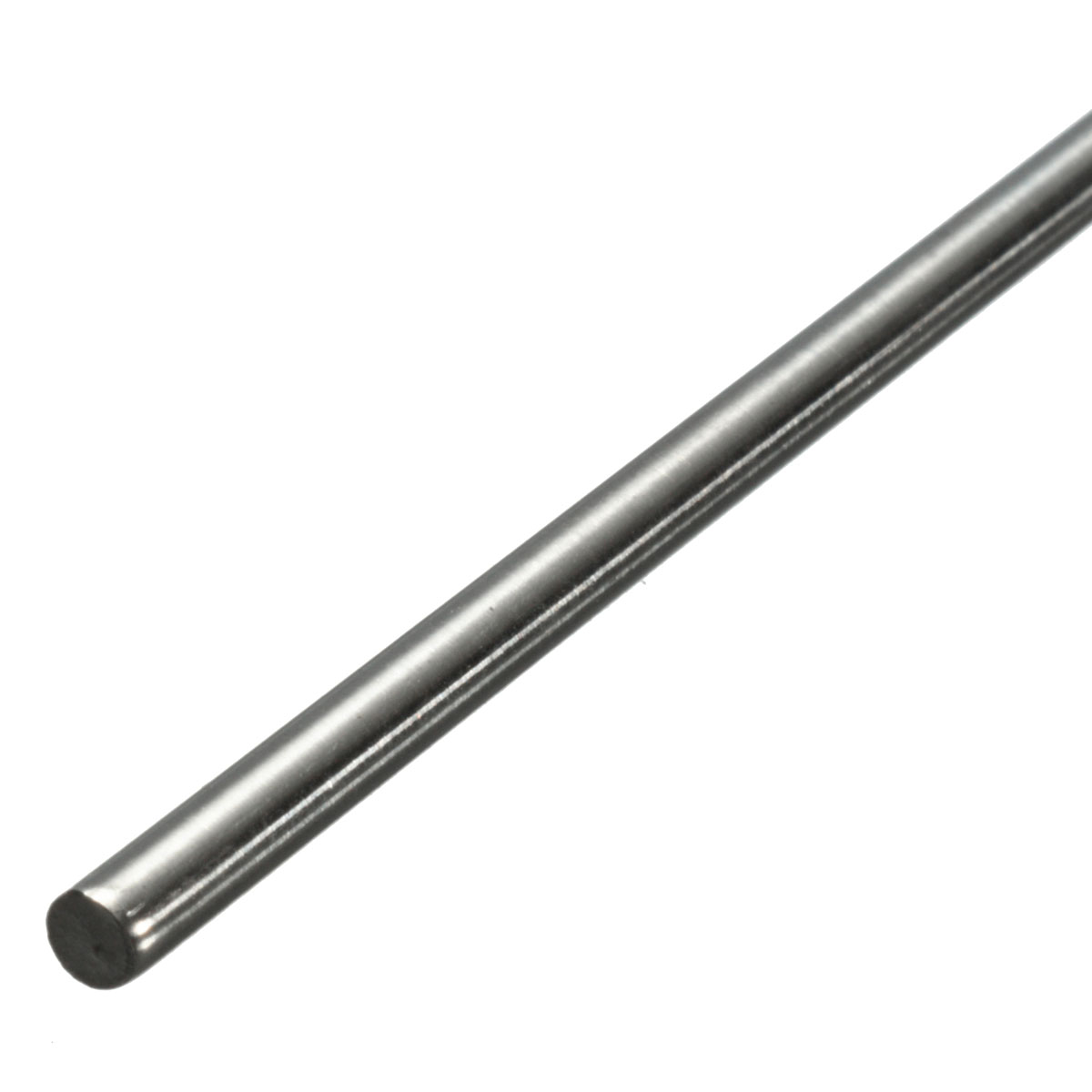عمود مدور استانلس 316 قطر 30مم
Stainless Steel 316 Round Bar Size 30 mm
Type 316 (UNS S31600) is a molybdenum-bearing austenitic stainless steel which is more resistant to general
corrosion and pitting/crevice corrosion than the conventional chromium-nickel austenitic stainless steels
such as Type 304. This alloy also offers higher creep, stress-to-rupture and tensile strength at elevated
temperatures. In addition to excellent corrosion resistance and strength properties, grades 316 and 316L also
provide the excellent fabricability and formability which are typical of austenitic stainless steels.
Resistance to Corrosion: Types 316 is more resistant to atmospheric and other mild types of corrosion than
Types 302, 304 and 304L. In general, media that do not corrode Types 302, 304, and 304L, will not attack these
molybdenum-containing grades. One known exception is highly oxidizing acids such as nitric acid to which the
molybdenum-bearing stainless steels are less resistant.
1.950.00 EGP
1000 متوفر في المخزون
الوصف
316 Stainless Steel
Stainless steel 316 contains an addition of molybdenum that gives it improved corrosion resistance. This is particularly apparent for pitting and crevice corrosion in chloride environments.
316L Stainless Steel
316L, the low carbon version of Stainless steel 316, is immune to grain boundary carbide precipitation (sensitisation). This makes it suited to use in heavy gauge (over about 6mm) welded components.
316Ti and 316H Stainless Steels
For elevated temperature applications the high carbon variant, 316H stainless steel and the stabilised grade 316Ti stainless steel should be employed.
The austenitic structure of Stainless steel 316 gives excellent toughness, even at cryogenic temperatures.
ASTM A240/A240M
Property data given in this document is typical for bar and section products covered by EN 10088-3:2005. ASTM, EN or other standards may cover all products sold. It is reasonable to expect specifications in these standards to be similar but not necessarily identical to those given in this datasheet.
Stainless steel grade 316Ti contains a small amount of titanium. Titanium content is typically only around 0.5%. The titanium atoms stabilise the structure of the 316 at temperatures over 800°C. This prevents carbide precipitation at the grain boundaries and protects the metal from corrosion. The main advantage of 316Ti is that it can be held at higher temperatures for a longer period without sensitisation (precipitation) occurring. 316Ti retains physical and mechanical properties similar to standard grades of 316.
Be the first to review “
عمود مدور استانلس 316 قطر 30مم
Stainless Steel 316 Round Bar Size 30 mm
”

















There are no reviews yet.